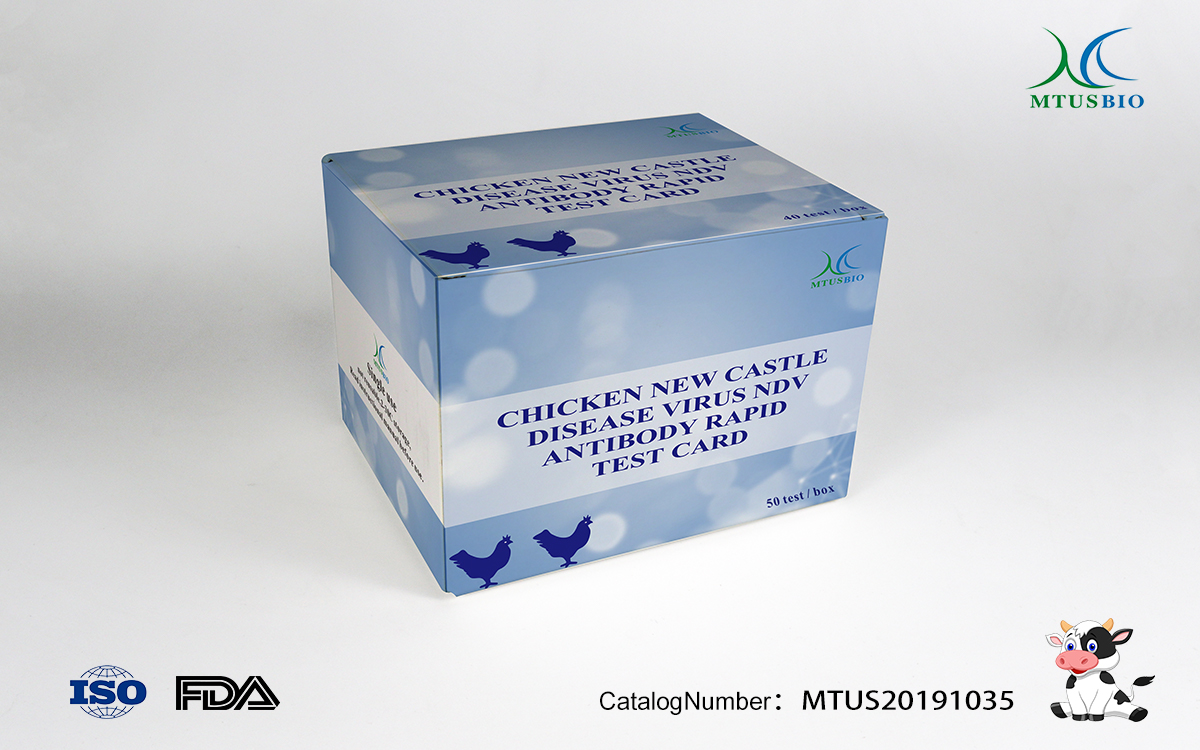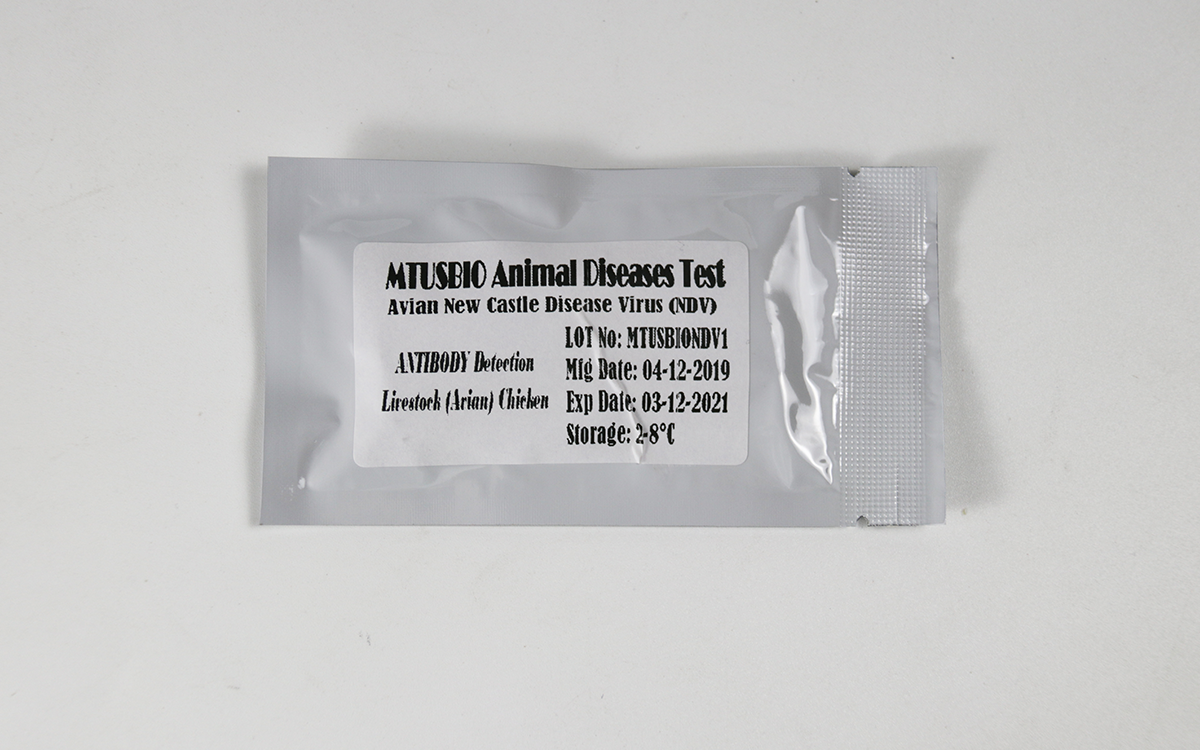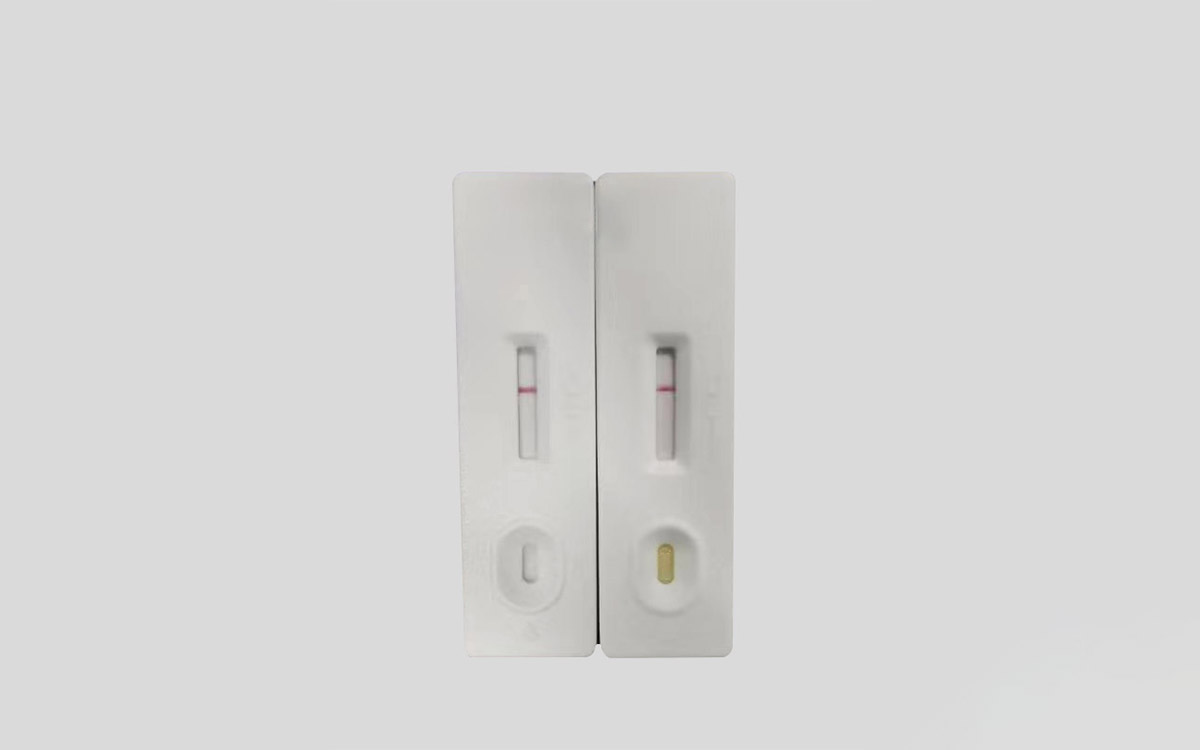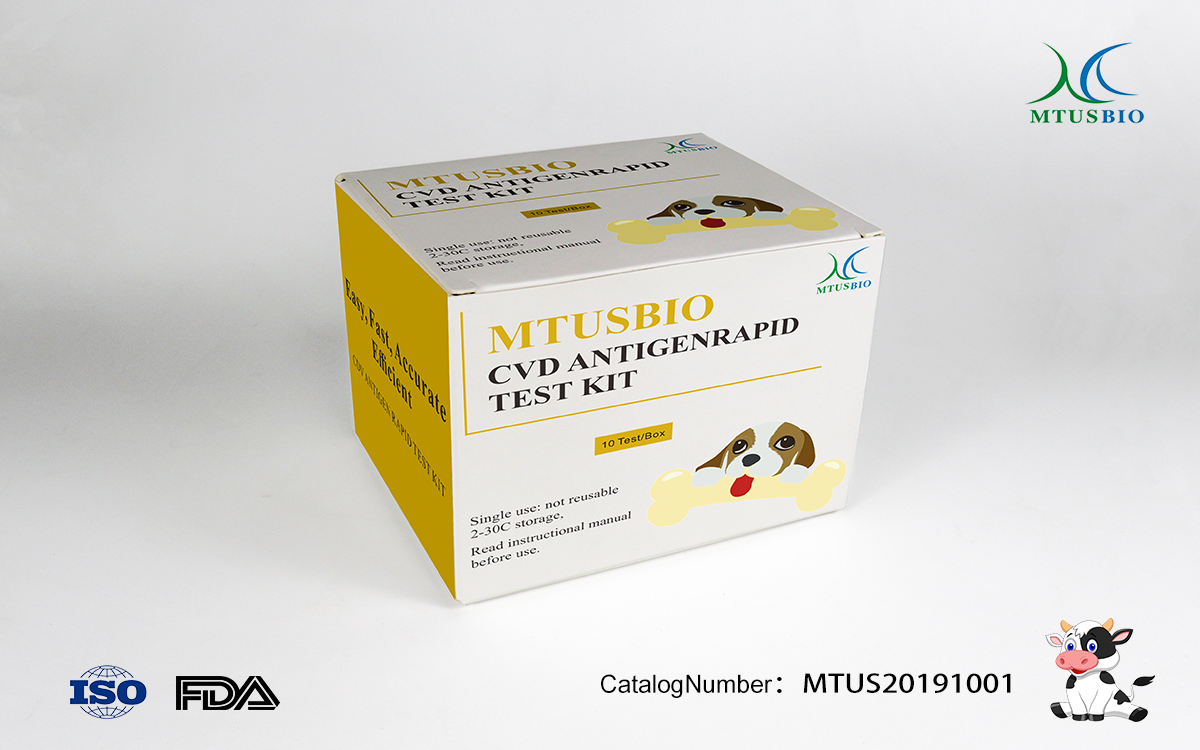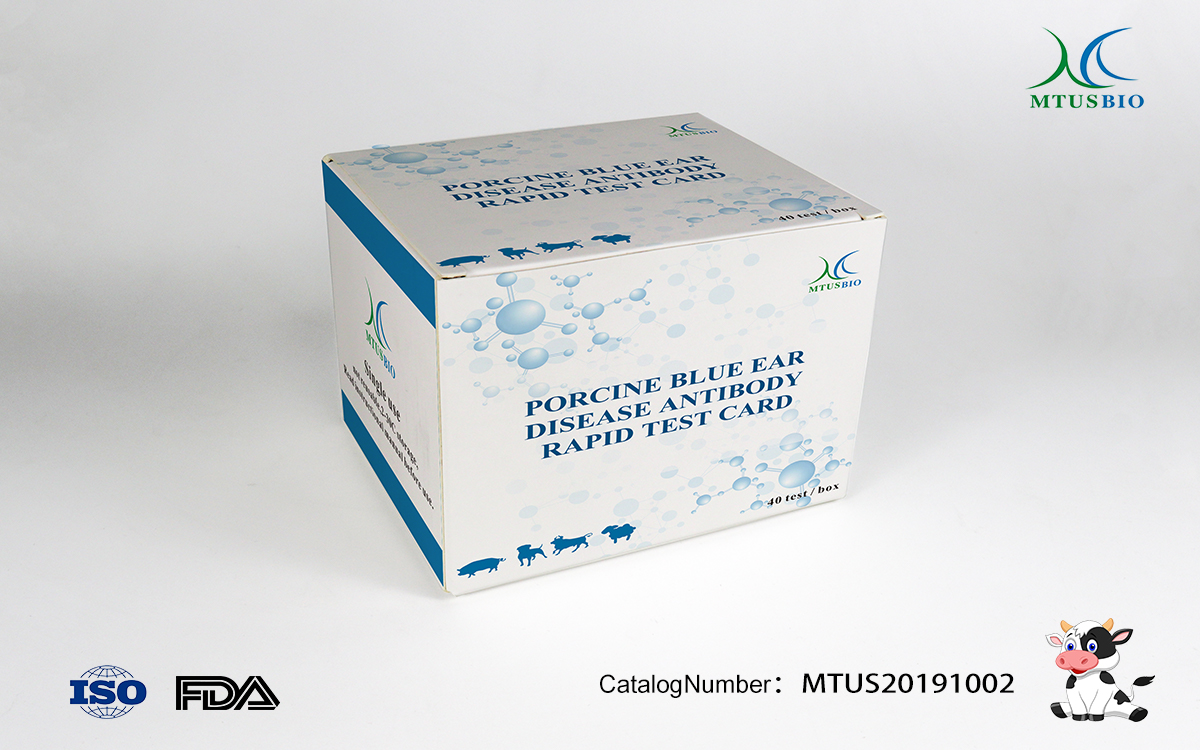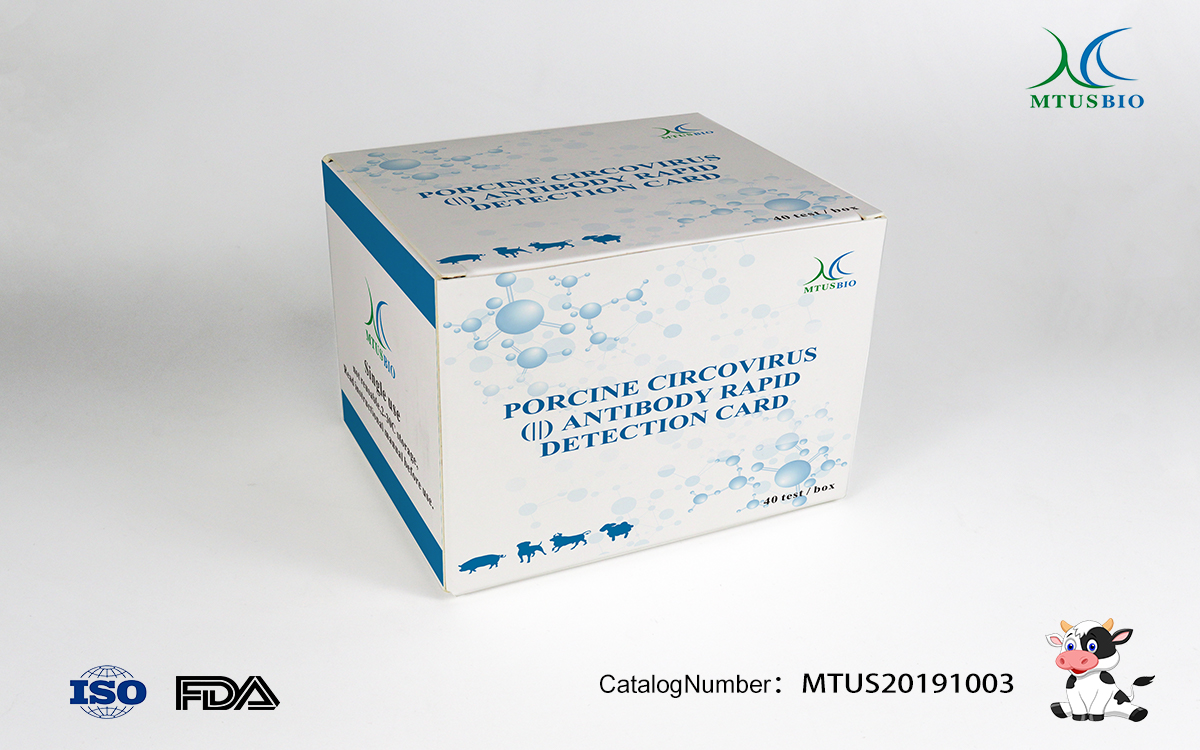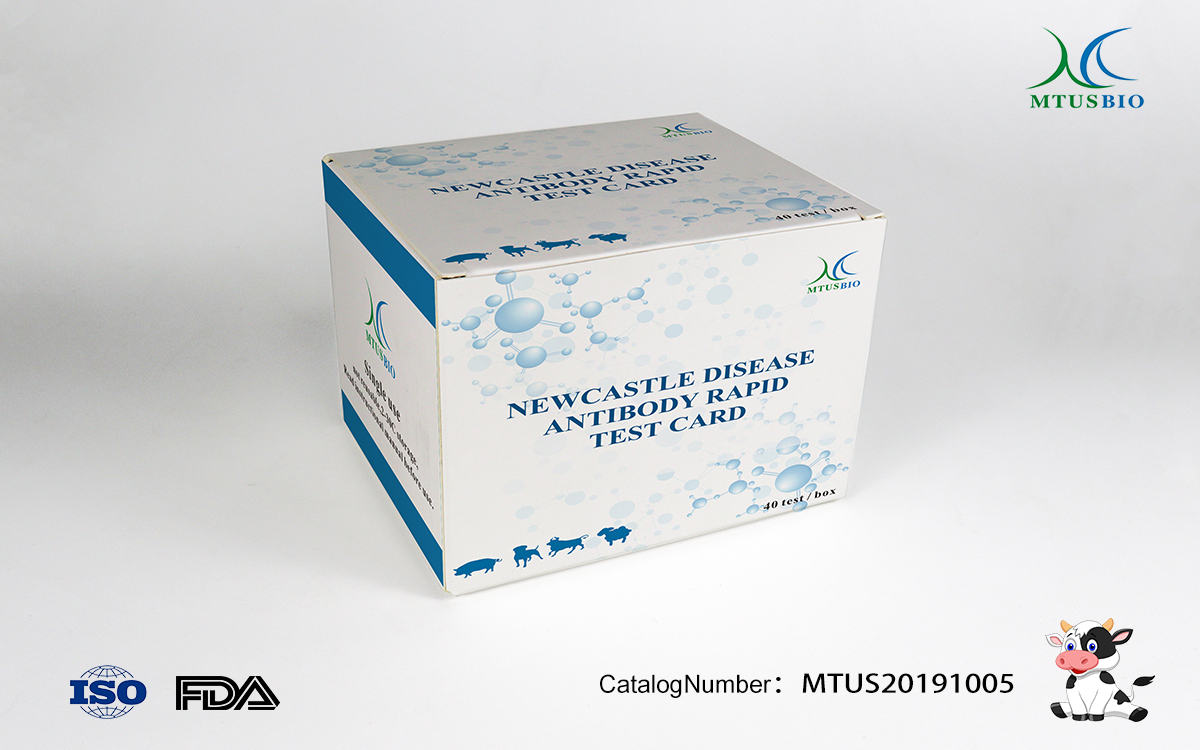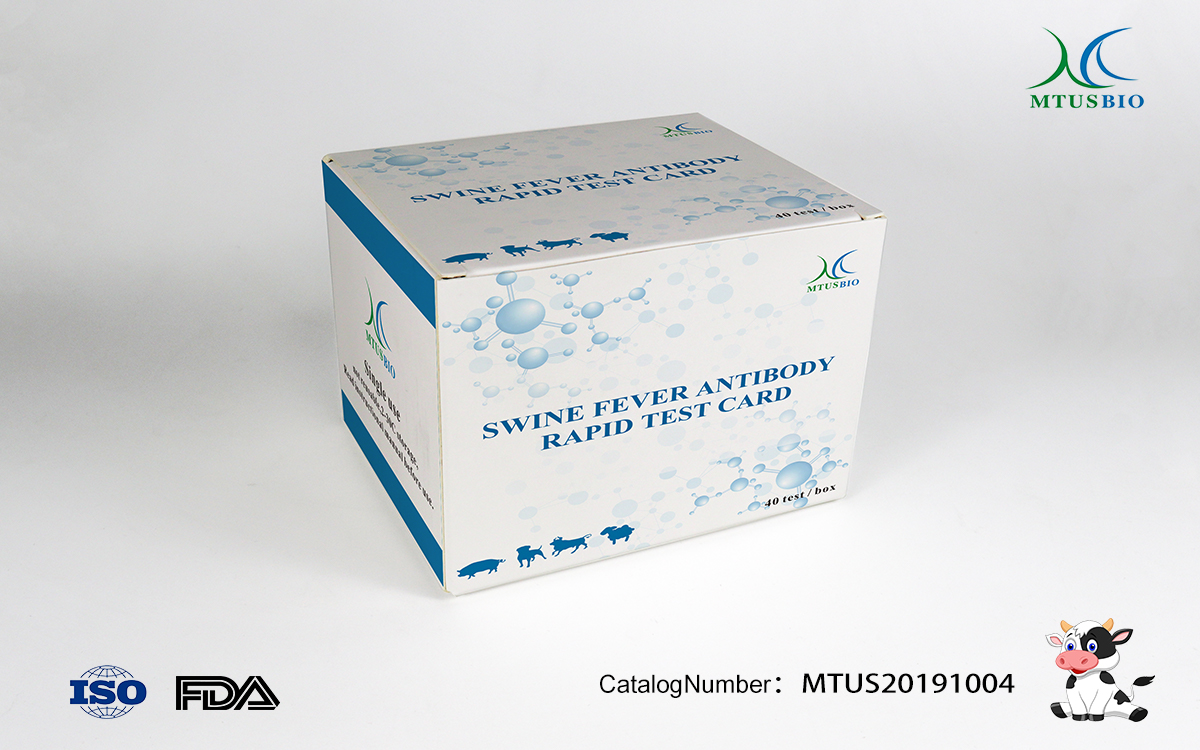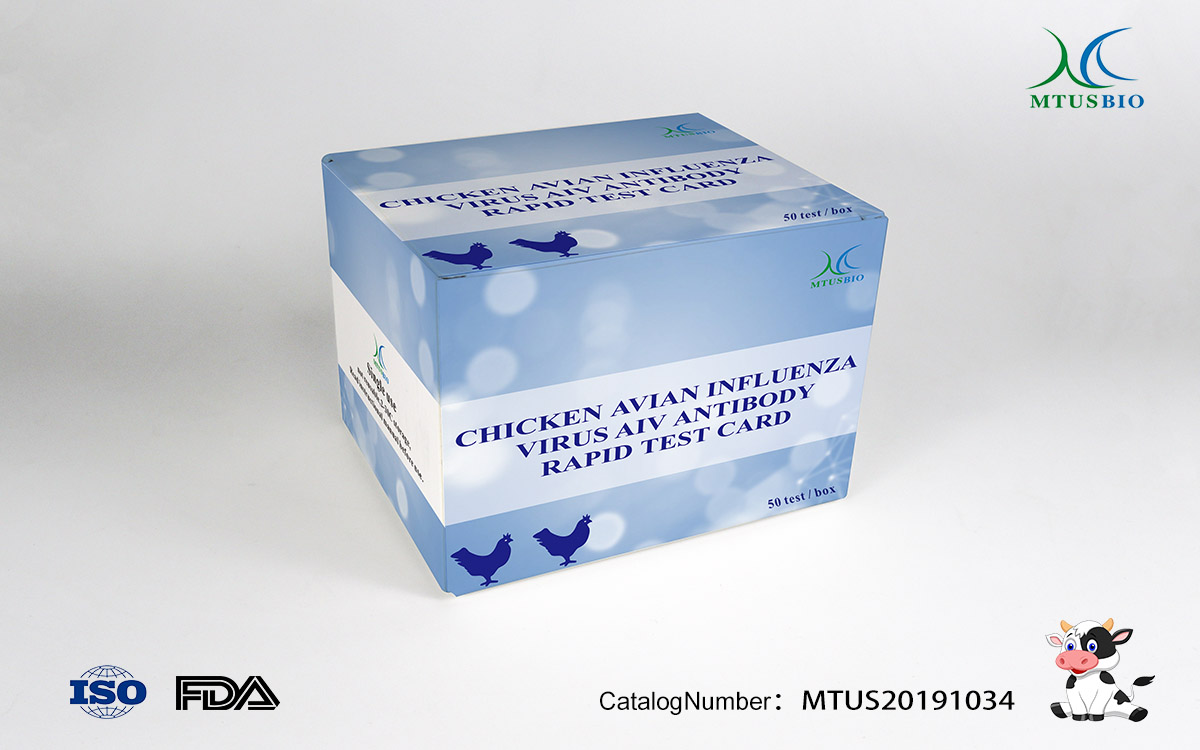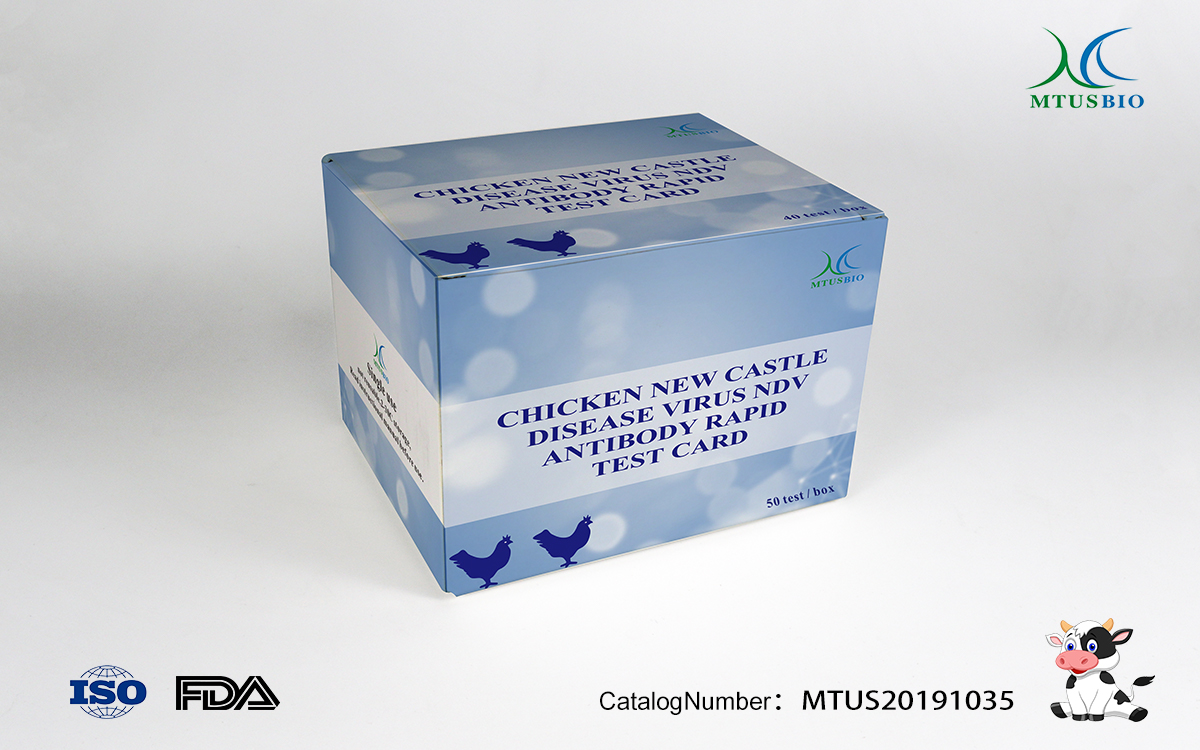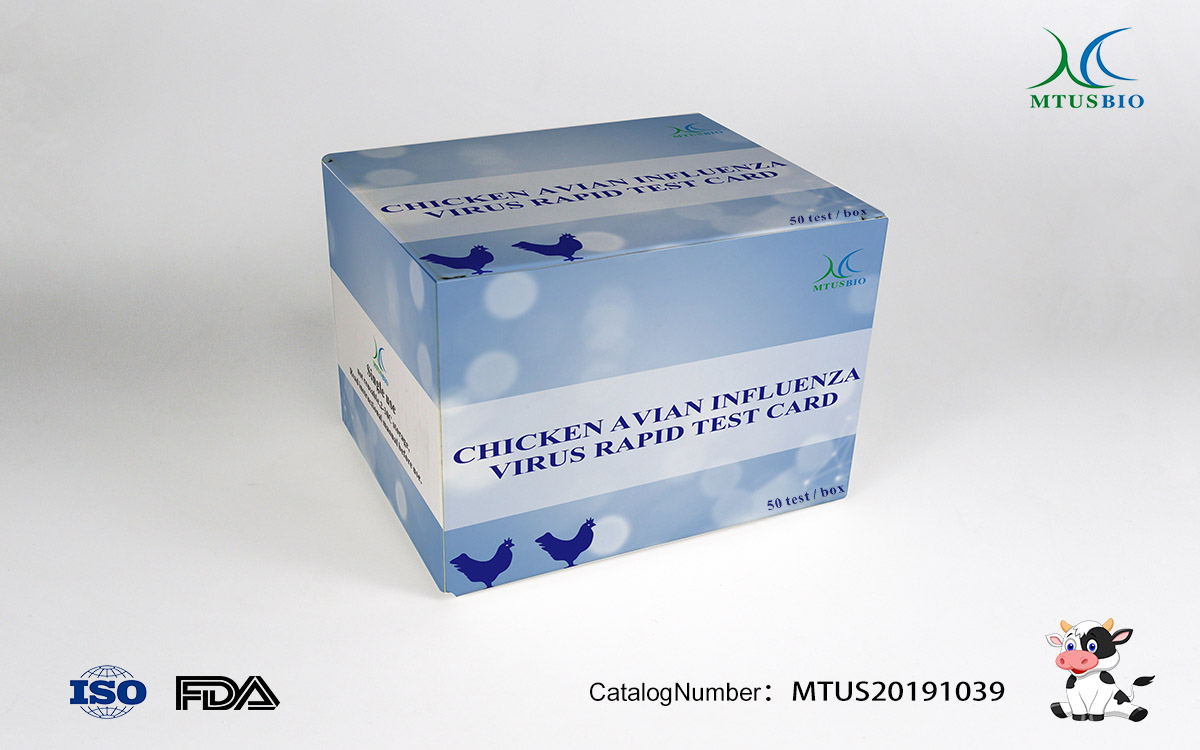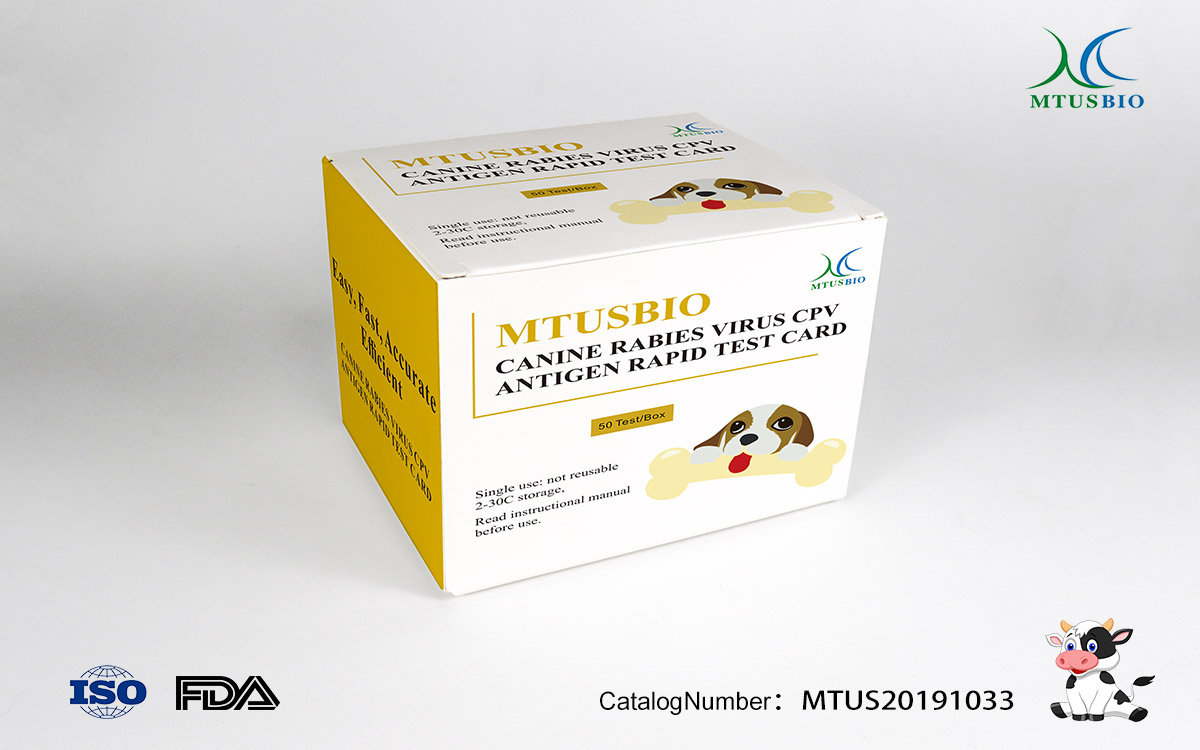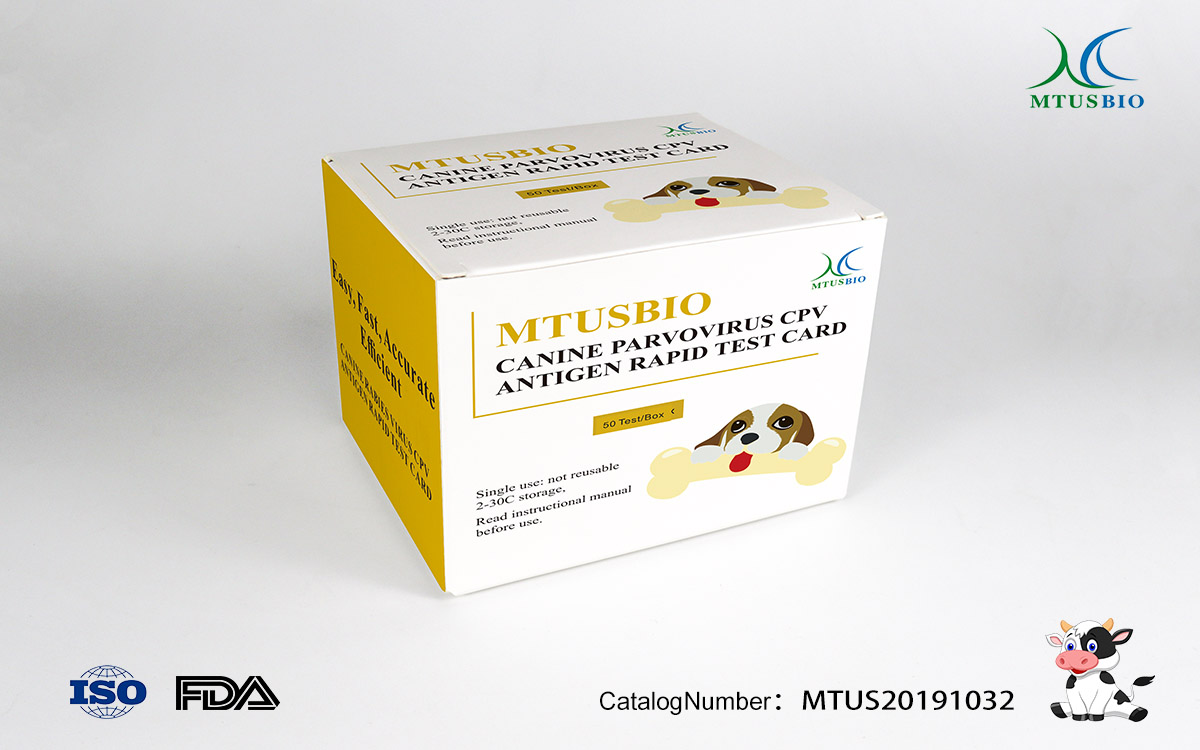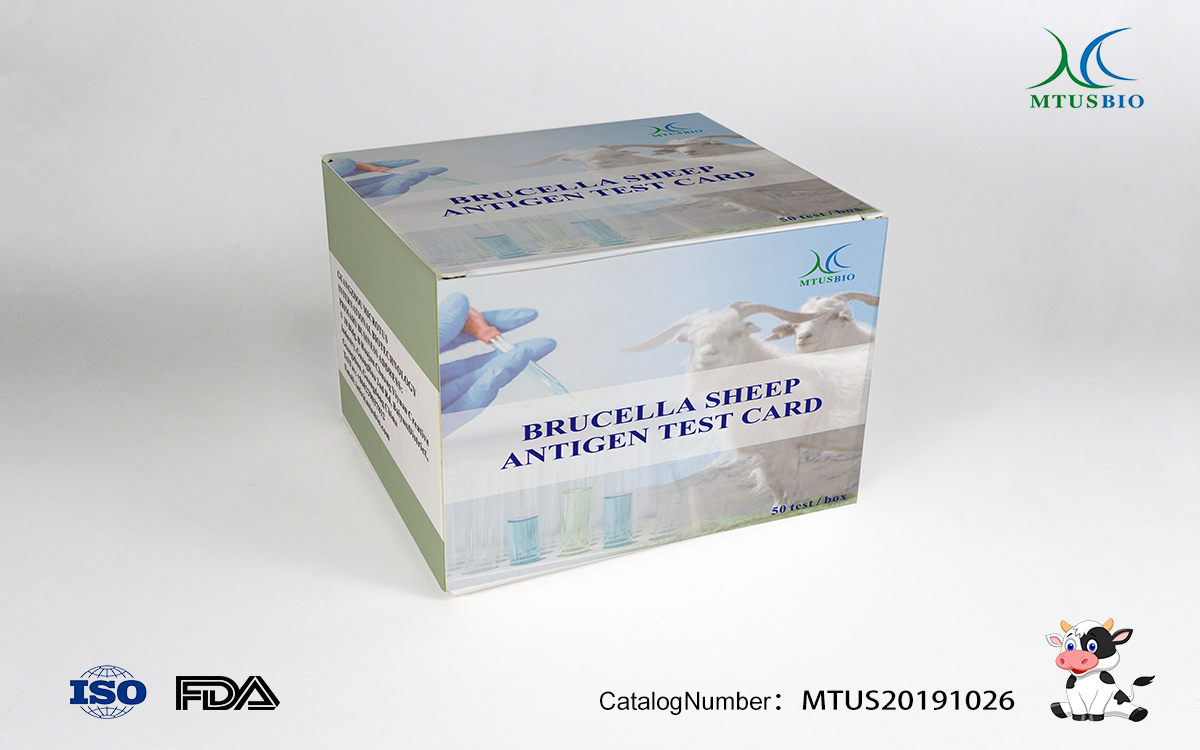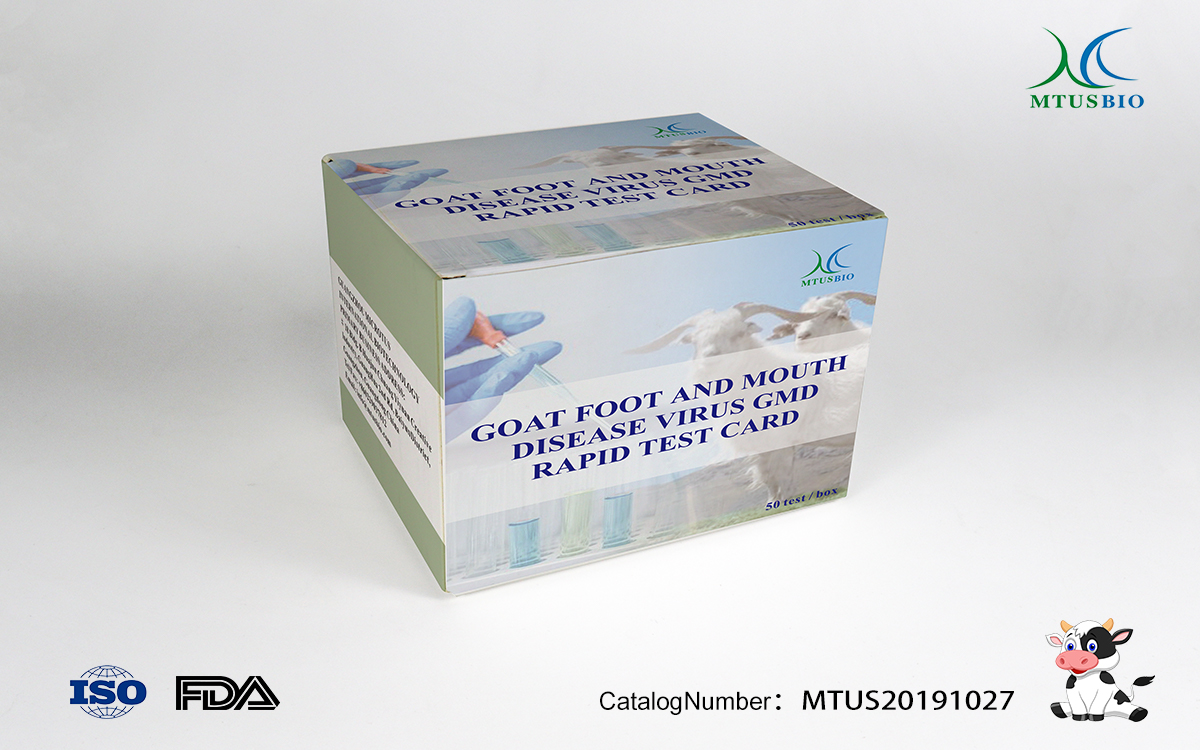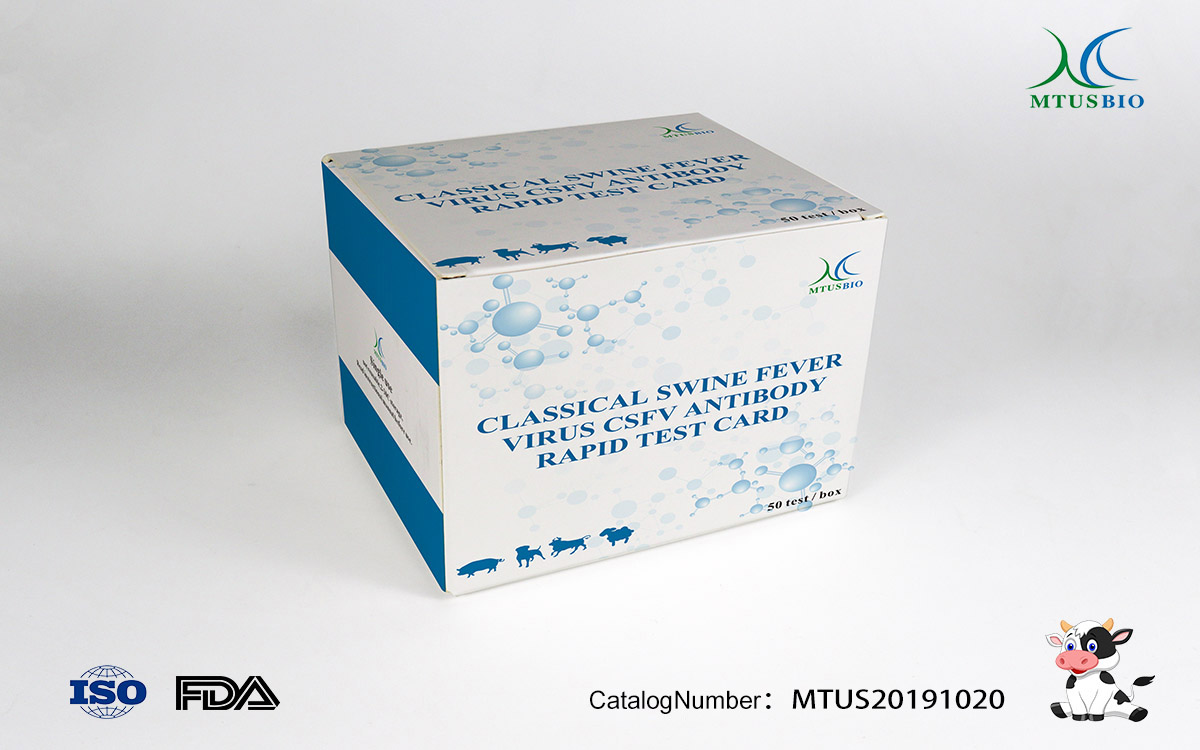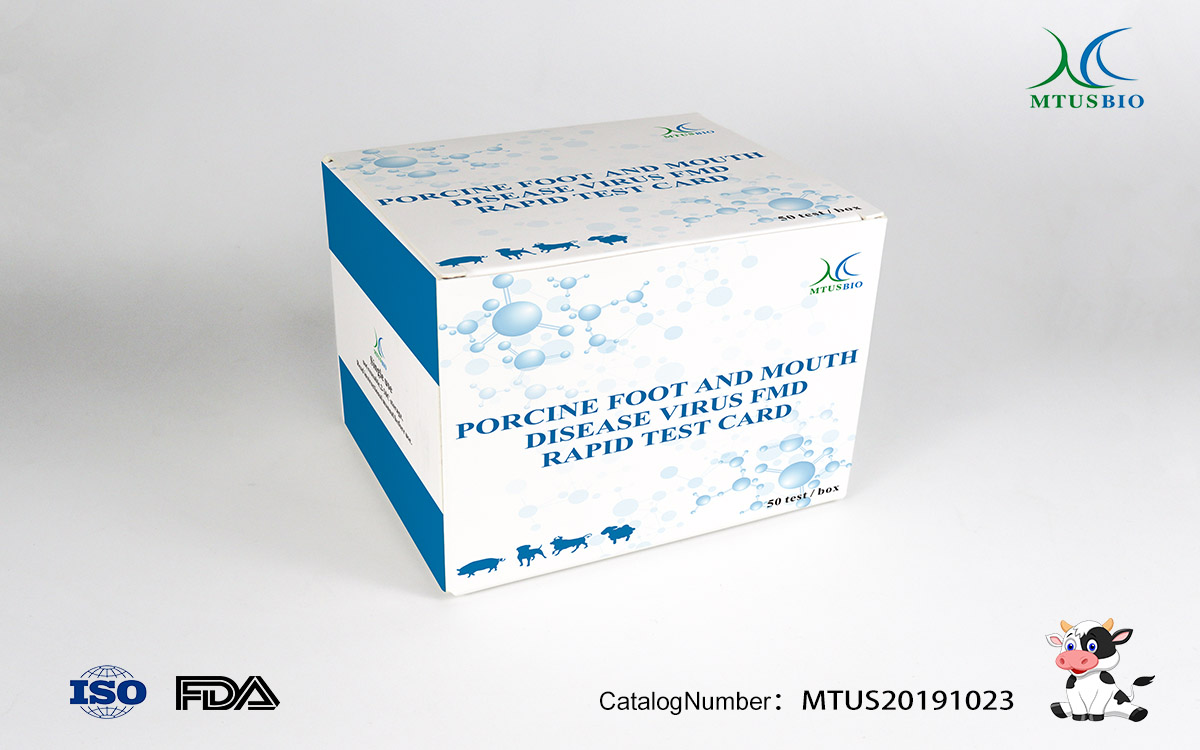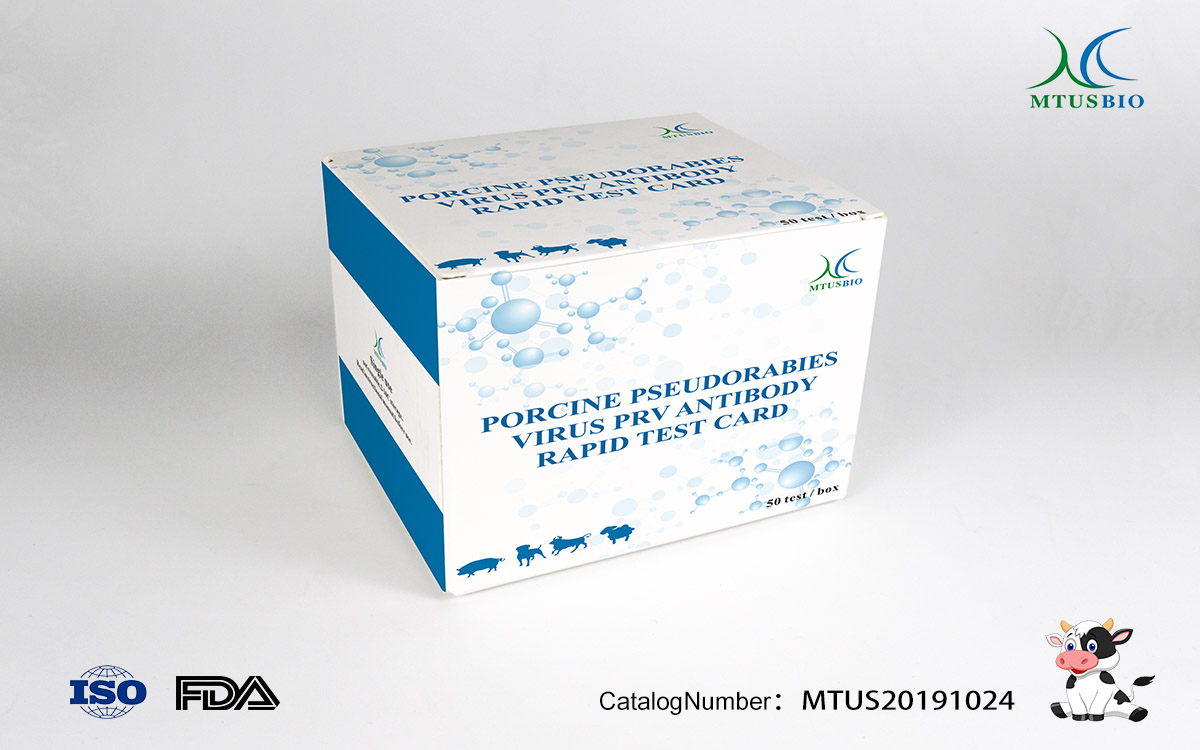[Principle]
This reagent is made by the principle of competitive colloidal gold immunochromatographic test (GICA). After the sample is added to the sample well, it moves along the chromatographic membrane together with NDV antigen and colloidal gold marker. The marker competes for the NDV antigen, so that the detection line does not show a purplish red color, and a color reaction occurs if NDV antibodies are not present in the sample.
[Kit composition]
No. | Name | 50T / box |
1. | test cards (including straws) | 50 |
2. | Buffer | 1 bottle |
3. | instruction manual | 1 |
[Storage and expiry date] Store in a cool and dry place (2-30 ° C), valid for 24 months.
[Sample preparation]
Serum: Take 2-3ml of blood according to the conventional method and place it in a clean and dry test tube. Let it stand for about 1 hour. After the blood is coagulated, centrifuge at 4,000 rpm for 10 minutes. (You can also leave the blood for about 2 hours and let the blood coagulate naturally. Serum), and isolate the serum. Require serum to be clear, no hemolysis, no pollution. Serum samples can be stored at 2-8 ° C in the short-term and at -20 ° C in the long-term.
Whole blood: Whole blood with anticoagulant can be used as the test sample (whole blood samples cannot be frozen).
【experiment method】
1. Tear off the aluminum foil packaging bag of the test card, remove the test card, and place it on a flat, clean surface.
2. Use the matching pipette to suck the prepared sample, and add 1 drop (about 25ul) slowly and slowly into the sample well (at this time, no liquid flows out of the observation well).
3. After waiting for 10 minutes, add two drops (about 60ul) of buffer solution to the sample well using a dropper bottle containing buffer solution.
4. Leave at room temperature for 10-15 minutes to judge the results. Results longer than 30 minutes are invalid.
Note that adding too much sample or buffer will give incorrect results.













